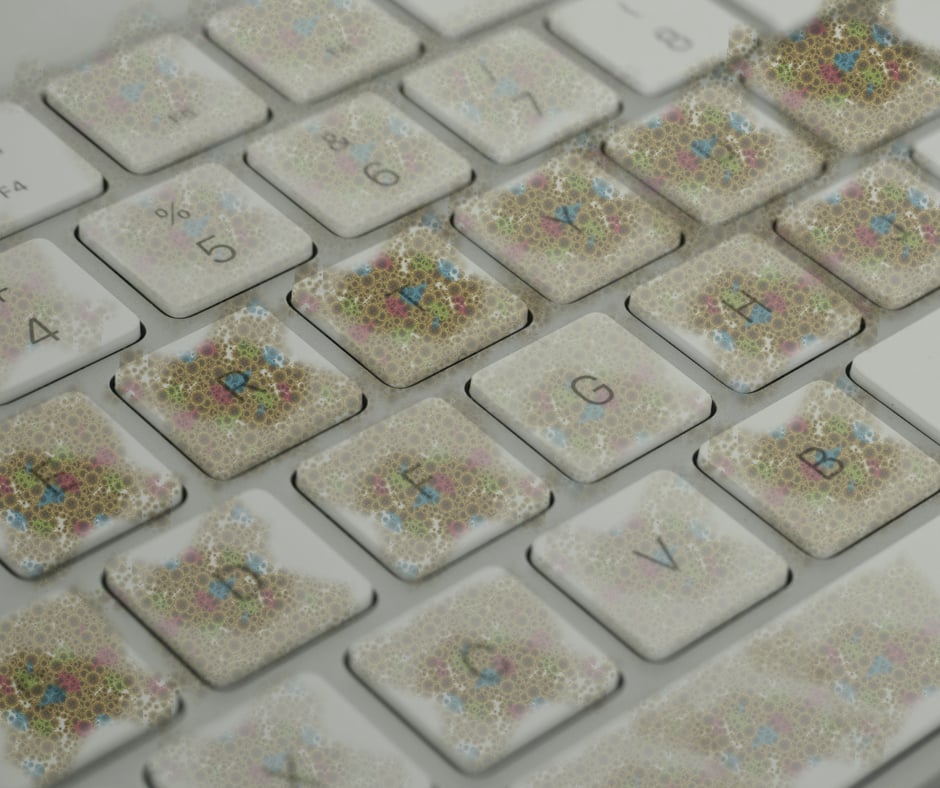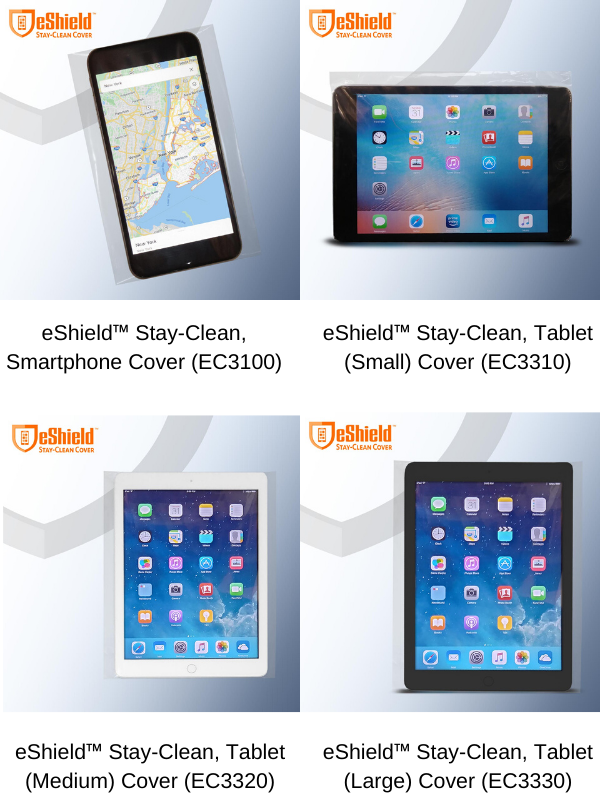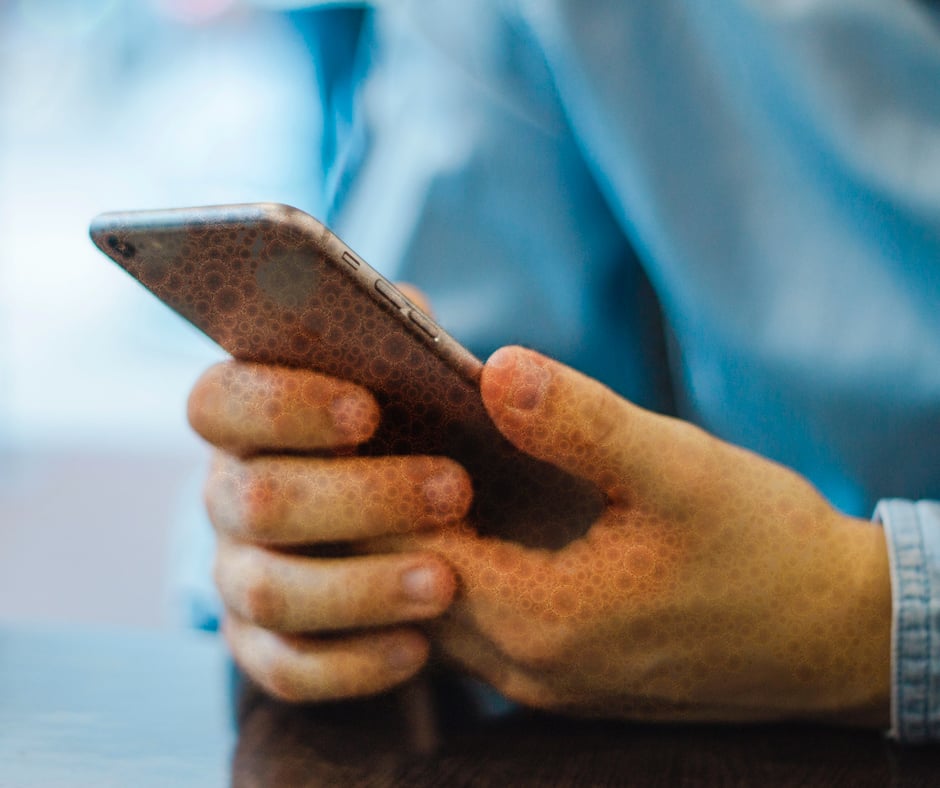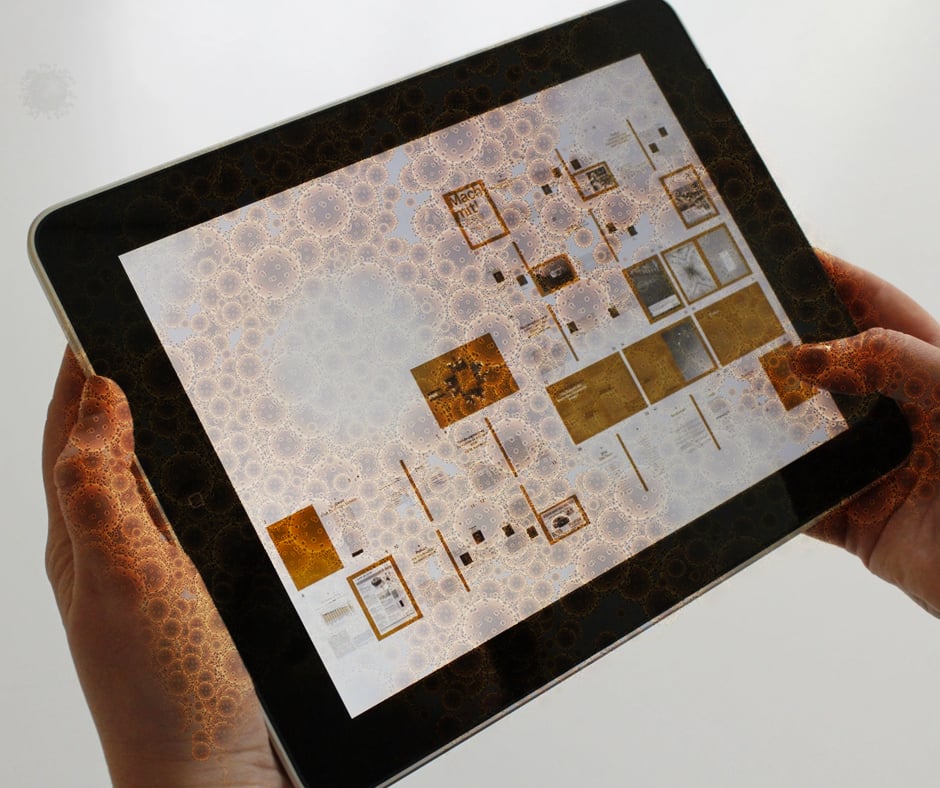Preventing the spread of germs helps keep you and others from getting sick. While many first think of washing hands or wearing latex gloves and face masks as preventative actions, these are not the only ways to fight germs. In fact, a vast number of germs are found in the most overlooked places. In order to avoid cross contamination, it is important to be aware of solutions that keep these unsuspecting germ-spreading culprits in mind.
Commonly-Used Items That Harbor Germs
While bathrooms may come to mind for many when thinking of germ-infested areas, it's the areas and items that people touch most frequently that usually harbor the most significant amount of bacteria and pathogens. Unfortunately, these germ sites are often overlooked, which allows cross contamination to occur.
Some commonly-used items that hold germs include cell phones, keyboards, and tablets. In fact, in a study conducted by the University of Arizona, scientists found that cell phone surfaces contain 10 times more germs than most toilet seats!
Cell Phones
(Visual simulation of germ transmission on cell phone high touch surfaces. Not actual.)
Because cell phones, keyboards and tablets are home to many germs, handling these items before touching other objects aids in the spread of germs, which can make yourself or others sick.
Germs on a cellphone can be especially harmful in a hospital setting, where doctors and nurses are working with patients who have compromised or weakened immune systems. Phones in hospitals are also potentially exposed to more harmful germs. This is also true for pagers. In fact, according to a study by The Healthcare Infection Society, almost all of the smartphones tested in use by hospital staff were contaminated with potential pathogens. Methicillin-resistant Staphylococcus aureus (MRSA) and Vancomycin-resistant Enterococcus (VRE) were also detected on hospital mobile phones.
Tablets
(Visual simulation of germ transmission on tablets & high touch surfaces. Not actual.)
Also commonly used are tablets or e-readers. These devices are similar to cell phones, but have more surface area for germs to inhabit. Like cell phones, many people do not think of the germs that are on the touch screen - but that doesn’t mean that they aren’t there. The British consumer magazine, Which?, tested an iPad, finding 600 units of Staphylococcus aureus on its surface. This finding is not uncommon regarding tablets.
Keyboards

(Visual simulation of germ transmission on keyboards & high touch surfaces. Not actual.)
Another seemingly unlikely germ-harborer is your computer keyboard. Office keyboards that are shared with other staff members hold even more germs and bacteria than your personal keyboard. The problem that arises with shared keyboards is the increased risk of catching a sickness from someone else. For example, if your co-worker has a cold or the flu and uses a shared computer, there is a possibility that you can catch their sickness from using the same keyboard after.
In hospital settings, germs spreading from keyboards can lead to serious risks, as many staff members may use the same computer and pass the bacteria to patients who are already vulnerable to infections. Healthcare Associated Infection, or HAI, can increase the chances of patients developing further and / or additional illness(es) as a result of their stay in a medical setting.
How to Prevent Cross Contamination From Your Cell Phone or Tablet
Fortunately, there are simple measures you can take to decrease cross contamination and spreading germs from these surfaces. One helpful solution is to wipe your screen down with disinfectant wipes. While some wipes can damage your screen, Apple stated that you can use 70% isopropyl alcohol wipes or Clorox Disinfecting Wipes and “gently wipe the hard, nonporous surfaces of your Apple product, such as the display, keyboard, or other exterior surfaces.” Unless the manufacturer’s guide for your keyboard says otherwise, keyboards can be cleaned by shutting down the computer, detaching all connected cables, and wiping the area with 70% isopropyl alcohol wipes, according to the CDC.
The CDC also recommends using plastic protective barriers to prevent cross contamination, such as a non-sterile disposable cover for your phone or tablet. These covers will act as a barrier between your fingers and the germs on your device’s surface. Using protective covers will allow people in hospitals and other settings to continue using their cell phones, but will help prevent the cross contamination that happens when someone touches their cell phone and then proceeds to touch equipment or other surfaces. These plastic barriers are easy to disinfect as well and can be easily removed and discarded after each use. This helps avoid cleaning degradation, which non-disposable / long-term plastic screen protectors are susceptible to. In a facility, disinfection of device should be done with an approved disinfectant before and after interacting with a patient and should follow facility policy for non-critical items. Setting an alarm is a helpful reminder to disinfect devices regularly, as well as before and after patient interaction.
Furthermore, non-sterile covers that are water-resistant enables quick disinfection without damage to the device. The CDC recommends using a water-resistant barrier that is standardized for equipment brand, issued by the facility, and specified by policy and procedure.
Benefits of Whitney Medical Solutions’ eShield™ Stay-Clean Covers
Whitney Medical Solutions, the Experts in Germ-Free Digital, now offer eShield™ Stay-Clean Covers.
Newly available eShield™ Stay-Clean non-sterile, cross-contamination prevention barriers:

eShield™ Stay-Clean disposable barrier covers for mobile, handheld devices are made in the USA of FDA-approved, recyclable plastic material.
Have any questions about eShield Stay-Clean Covers, or want more information on solutions for preventing the spread of germs? Contact a Whitney Medical Solutions representative today.



